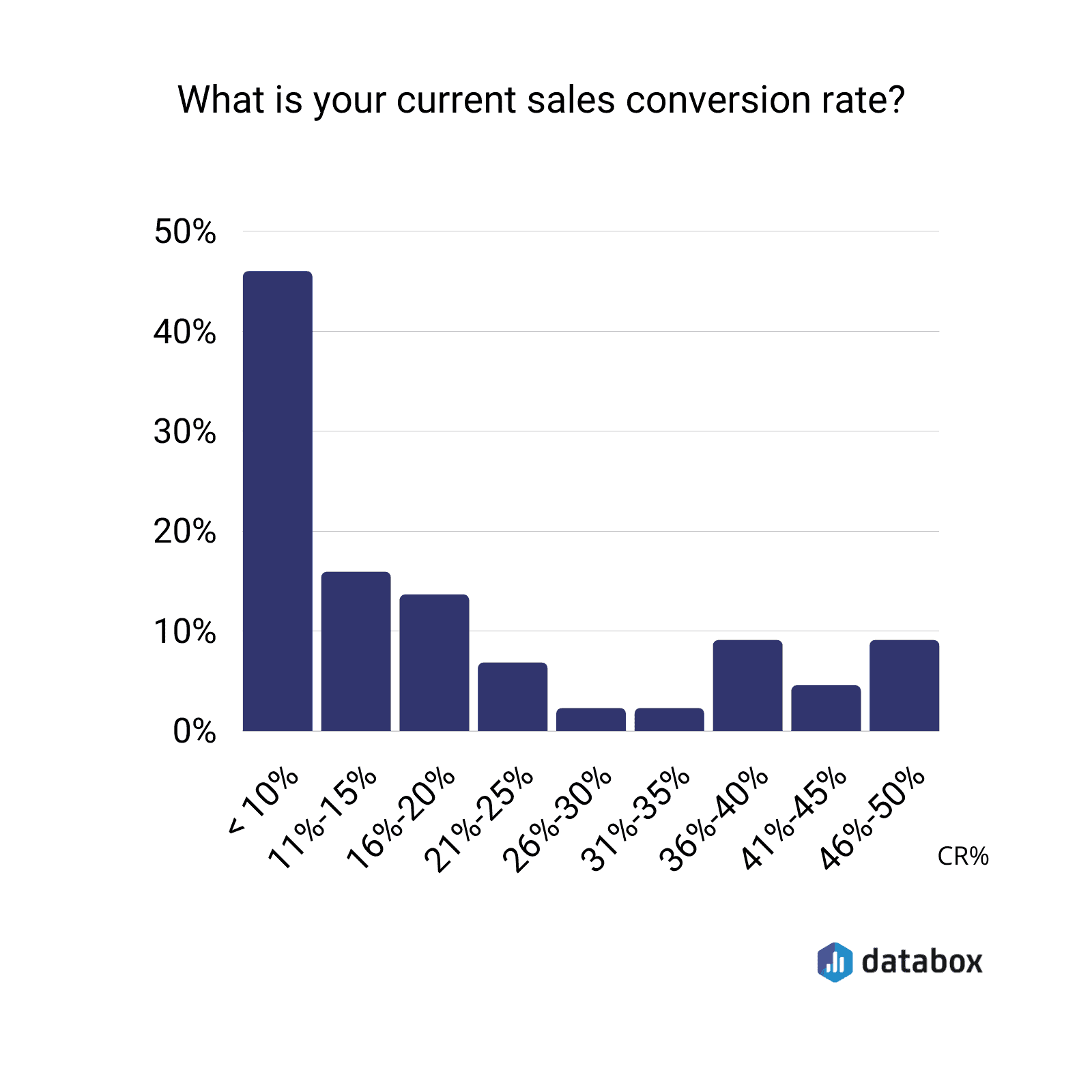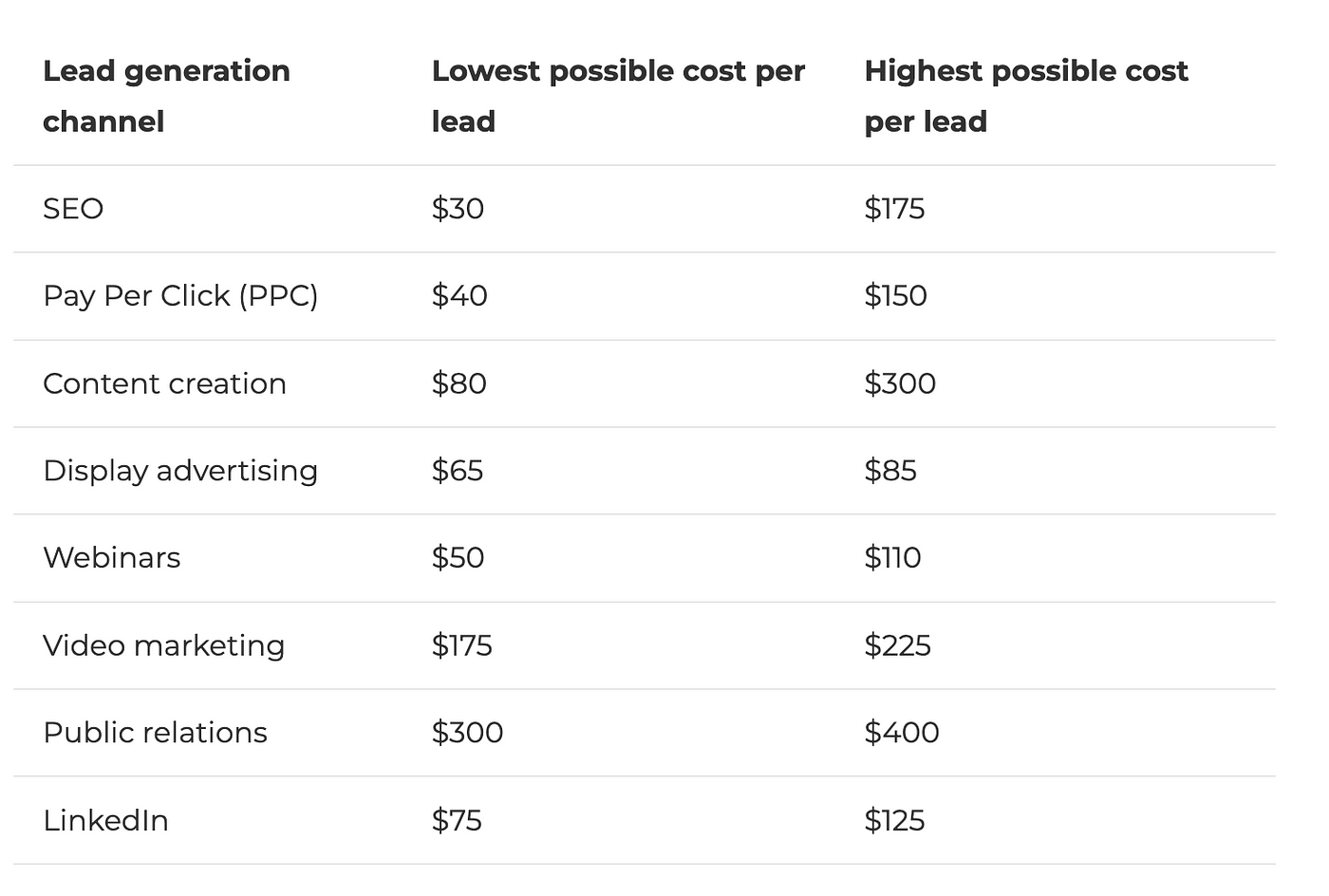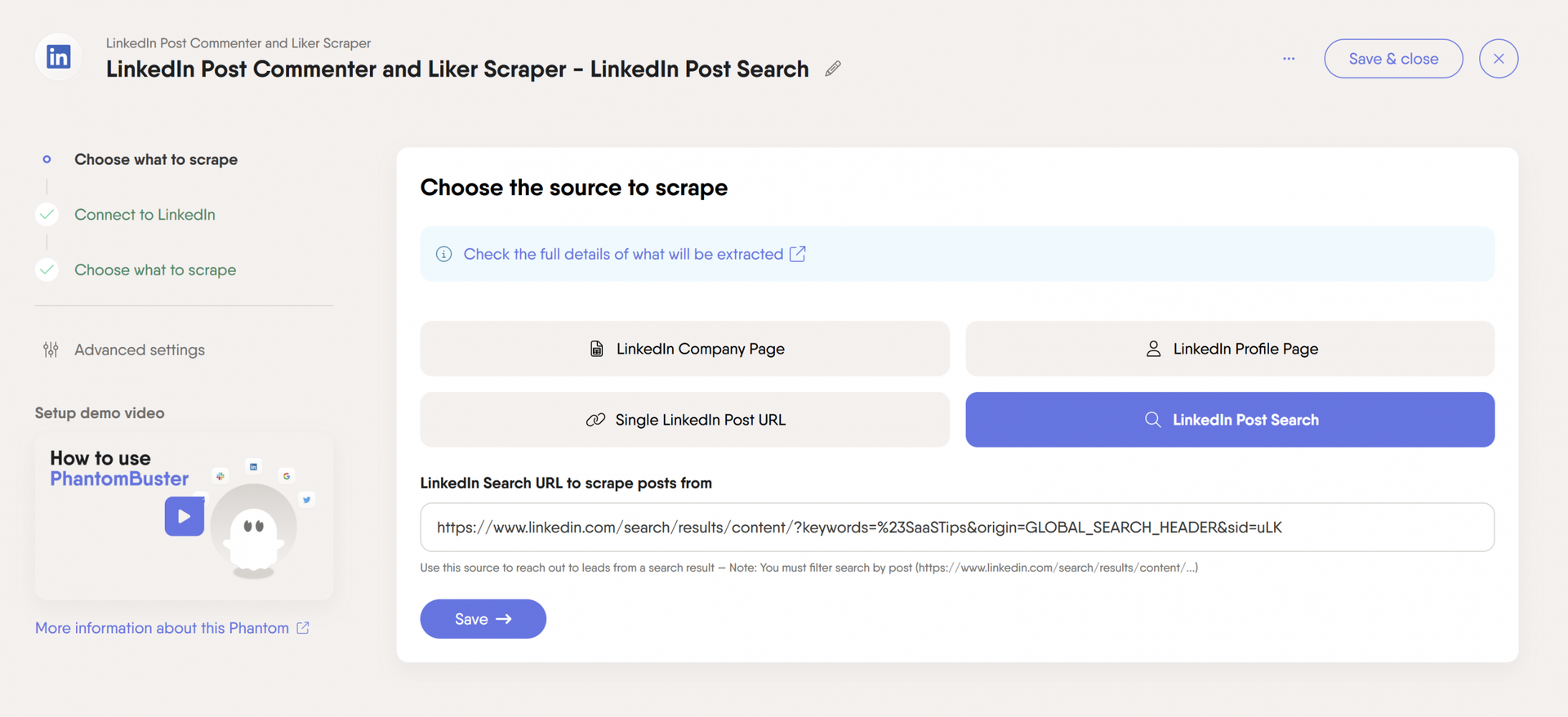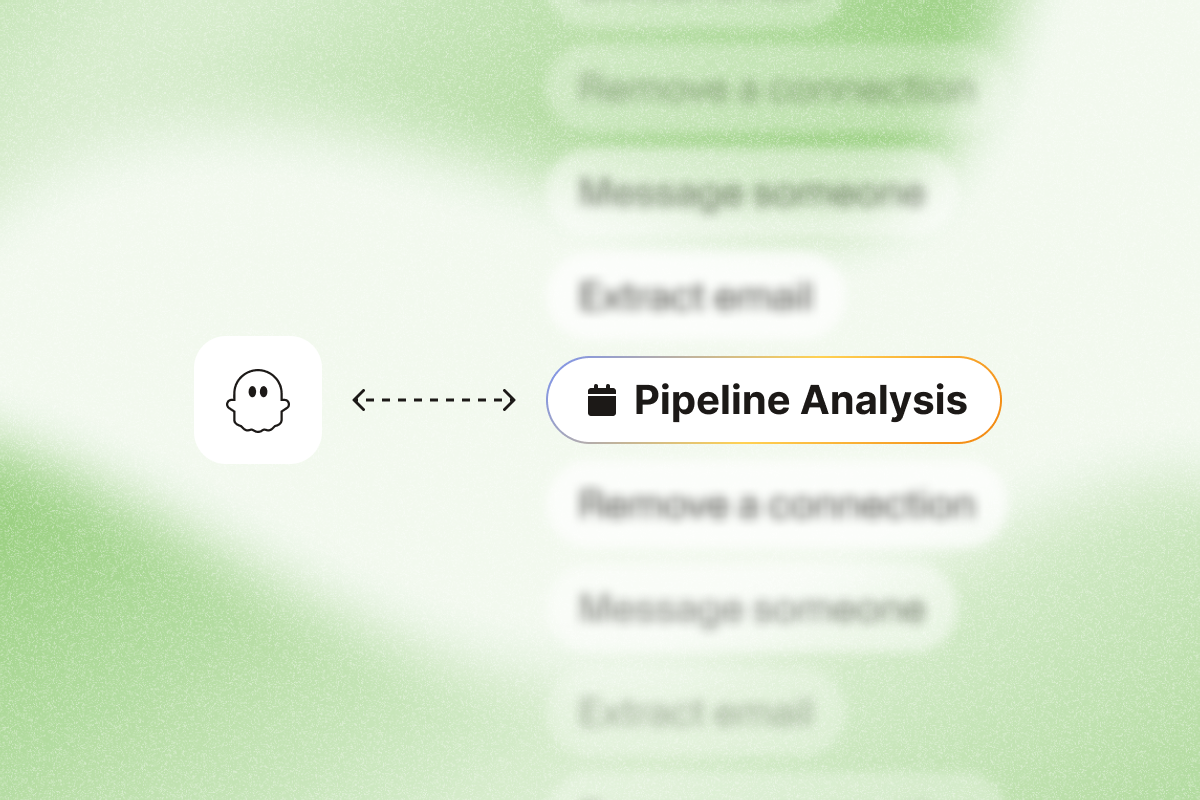Building a sales pipeline is only the first step. To maximize sales, you must master its analysis. Effective analysis reveals hidden patterns and opportunities at every stage, from lead generation to customer relationships.
This guide provides actionable metrics and best practices for reps and managers to close more deals.
AI highlights
- Consistent and effective sales pipeline analysis is essential for optimizing sales performance, improving forecasting accuracy, and, ultimately, driving revenue growth. It’s a proactive, iterative process, not a one-time task that enhances your lead generation efforts.
- Understanding the “why”: Analyze your sales pipeline to reveal bottlenecks, inefficiencies, and opportunities for improvement throughout the entire sales pipeline management process, from lead generation to closed-won deals.
- Look at sales pipeline data and key metrics: Conversion rate (at each stage), sales cycle length, average deal size, pipeline velocity, opportunity win rate, and cost per lead.
- Best practices for sales leaders to improve sales strategy:
- Source high-quality leads that fit your Ideal Customer Profile (ICP) to meet revenue targets.
- Use a CRM system to track interactions, automate follow-ups, and gain performance insights.
- Monitor conversion rates at each pipeline stage to identify and address problem areas.
- Common mistakes to avoid: neglecting to use a CRM, ignoring key metrics, and pipeline health.
What does sales pipeline analysis mean?
Sales pipeline analysis involves evaluating your sales process from prospecting to conversion to understand lead movement, identify bottlenecks, and gather insights to refine your strategy.
Think of it like a water system. Without analysis, leaks (lost opportunities) go unnoticed. You need consistent analysis to maximize every stage of the pipeline and turn data points into actionable insights.
Key sales pipeline metrics to measure sales performance
Metrics are the backbone of a successful sales pipeline. Here are the key sales metrics to track the performance of your sales efforts.
| Metric | What it measures | Formula |
| Conversion Rate | Percentage of leads successfully turned into customers. | (Total Sales / Total Leads) x 100 |
| Sales Cycle Length | Average time required to convert a lead into a paying customer. | Total Time to Close Deals / Total Closed Deals |
| Average Deal Size | Average revenue generated from each successfully closed deal. | Total Revenue From Closed Deals / Total Closed Deals |
| Pipeline Velocity | The rate at which revenue flows throughout the sales pipeline over time. | (Opportunities x Deal Value x Win Rate) / Sales Cycle Length |
| Opportunity Win Rate | Percentage of sales opportunities turning into successful closed deals. | (Won Opportunities / Total Closed Opportunities) x 100 |
| Cost per Lead | The total money it costs to acquire leads at the top of the funnel. | Cost of Lead Generation / Total Number of Leads |
Conversion rates (stage by stage)
Conversion rate refers to the percentage of potential customers (leads) who become paying customers.
Tracking conversion rates at each stage of your sales pipeline lets you understand how effectively you move leads through the sales funnel. Identifying drop-off points helps you address bottlenecks and improve overall conversion.
Conversion rate formula: (Total number of sales / total number of leads) x 100 = sales conversion rate)
Research findings conclude that a good sales conversion rate is around 10%, with the average conversion rate across industries being 2-5%.

Sales cycle length
Sales Cycle Length is the average time to convert a lead into a customer – from initial contact to closed deal.
While sales reps always aim for short cycles, the reality is that this can vary significantly between industries. Understanding your own is key to finding ways to speed up the process and close deals more efficiently.
Sales Cycle Length Formula: (Time it takes to close deals/ total number of closed deals) x 100
A study by Databox found that the average sales cycle length is between 37 and 141 days. However, track your average as a starting point for improvement. Then, focus on strategies to improve that specific number. We often see that companies greatly benefit after finding their benchmarks and using them.
Average deal size
The average deal size metric measures the average revenue generated from each closed deal. This helps us understand each closed-won deal.
Knowing your average deal size reveals the financial impact of each successful sale. This information can help sales teams refine their pricing strategies, focusing on price points most likely to result in conversions.
Average deal size formula: Average deal size = (Total revenue from closed deals/Total number of closed deals) x 100.
Studies by SaaS capital show that the median ACV for private SaaS companies is $22,357. This provides a general industry benchmark but consider your specific business context.
Sales pipeline velocity
Sales pipeline velocity measures how quickly revenue flows through your sales pipeline. It shows how efficiently deals progress from initial leads to closed-won sales.
Four key factors influence your pipeline velocity:
- The number of opportunities in your pipeline.
- Your overall win rate (percentage of deals closed successfully).
- The average value of your deals.
- The length of your sales cycle (time to close).
When combined, these metrics give insight into your sales team’s performance. We recommend that Sales managers examine the velocity of both the team and individual contributors.
Pipeline velocity formula: Sales Velocity = Number of Opportunities x Deal Value x Win Rate / Length of Sales Cycle

Opportunity win rate
The sales opportunity win rate represents the percentage of sales opportunities that successfully convert into closed deals. It indicates how effectively your team capitalizes on potential opportunities.
Opportunity to win rate formula : (Number of Won Opportunities / Total Closed Opportunities) × 100
Every lead represents a potential sale. The more leads you convert into customers, the higher your opportunity win rate will be. We find that looking at the overall rate and benchmarking it can help set targets for teams.
Cost per lead
Cost Per Lead (CPL) is the total amount spent on marketing and sales to acquire a new lead. It reflects the financial investment required to attract potential customers to your business.
Cost per lead formula: Cost of Lead Generation/Total Number of Leads
According to Medium’s research into the pricing strategies of over 100 lead generation agencies, you should expect to pay between $30 and $175 for SEO leads, $40 to $150 for PPC leads, or $75 to $125 for LinkedIn leads.

Sales pipeline management best practices
If you’re aiming to improve and scale your sales pipeline management, consider these best practices:
Feed your sales pipeline with quality leads
Closing more deals begins with filling your pipeline with the right leads. A quality lead isn’t just a name on a prospecting list. It’s a prospect that matches your Ideal Customer Profile (ICP) and has shown genuine interest in your product or service.
We all know sales is a numbers game, but it’s important to have the right numbers. Focusing on the wrong leads is a waste of time and resources. Instead of purchasing generic lead lists filled with uninterested prospects, focus on organically sourcing fresh, high-intent leads.
We love how Lonny Sternberg, an experienced RevOps leader, emphasizes:
“Growth today is not about attracting everyone; it’s about focusing on the right customer profiles. A lead that matches your buyer persona is far more likely to engage and convert, driving sustainable growth.”
We recommend using PhantomBuster’s LinkedIn post commenter and liker scraper. It helps you capture high-intent leads by extracting profiles from individuals already engaged with relevant LinkedIn content. This is a great way to identify prospects actively interested in your industry or solution.

Use a CRM to track and manage your sales pipeline
One of the primary goals of nearly every sales rep is to improve client relationships while creating personalized buying experiences.
Managing your pipeline using Google Sheets is no longer enough. They lack the scalability, data integrity, automation capabilities, and seamless integrations for a modern, automated sales process.
With a CRM, sales managers and sales reps can:
- Monitor deal progress in real-time (e.g., Lead → Qualified → Proposal Sent → Negotiation → Closed). You should easily see where each deal stands.
- Track every interaction with prospects and customers. This creates an easily accessible, complete sales history.
- Score and prioritize warm leads while strategically nurturing those who need more time.
- Automate follow-up communications. This ensures leads receive timely and personalized engagement without manual effort.
- Access performance insights. These help you optimize the sales process and consistently achieve targets.
Monitor conversion rates across different sales pipeline stages
Tracking conversion rates at each stage helps you pinpoint bottlenecks and refine your approach to move deals forward. We find that asking these questions frequently leads to much better conversion rates.
- “What percentage of leads move from prospecting to qualification?”
- “Where are the biggest drop-offs occurring in the sales process?”
- “What percentage of opportunities in a certain stage will convert to the next stage?”
- “How have conversion rates changed over the last quarter or year?”
A common mistake we see sales teams make is neglecting their pipeline, leaving it unanalyzed for extended periods. When they do this, they do not understand what’s converting and what isn’t.
Consistently monitoring conversion rates by sales pipeline stage lets you pinpoint where deals are getting stuck.
It also helps you determine if adjustments are needed to handle demos, negotiations, or contracts. This proactive approach is key to continuous improvement.
FAQs about sales pipeline analysis
Why is sales pipeline analysis important?
Sales pipeline analysis is important because it helps you optimize your pipeline, identify improvement areas, close bigger deals, and increase sales velocity. It keeps your sales team performing at their best.
How often should I analyze my sales pipeline?
A good rule of thumb is monthly or quarterly, depending on your sales process and goals. However, factors like seasonal buying trends or major shifts in market demand may require more frequent analysis.
What tools can I use for sales pipeline analytics?
Some popular sales pipeline analytics tools include Gong.io, HubSpot, Pipedrive, and Salesforce.
How can sales pipeline analysis help me improve my sales forecasting?
By tracking deal stage duration and prospect movement, you can predict close dates and estimate future sales (30, 60, or 90 days) more accurately.
What are some common mistakes to avoid in sales pipeline analysis?
Avoid these common pitfalls:
- Not using a CRM for pipeline management and sales pipeline reporting.
- Ignoring key metrics (conversion rates, win rate, cycle length).
- Failing to clean pipeline data, resulting in wasted effort.
- Lacking a standardized sales process, causing inconsistent deal flow.
